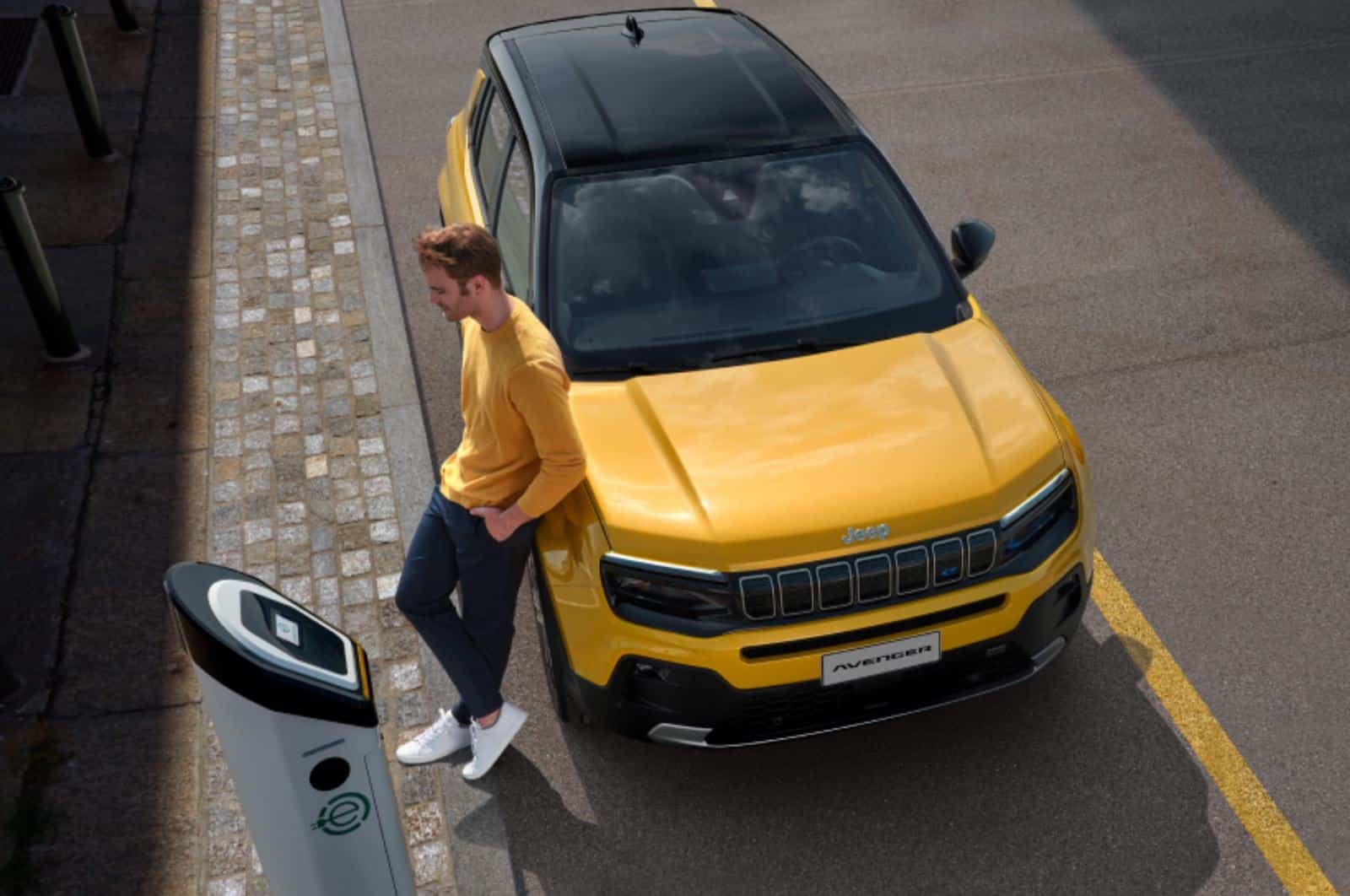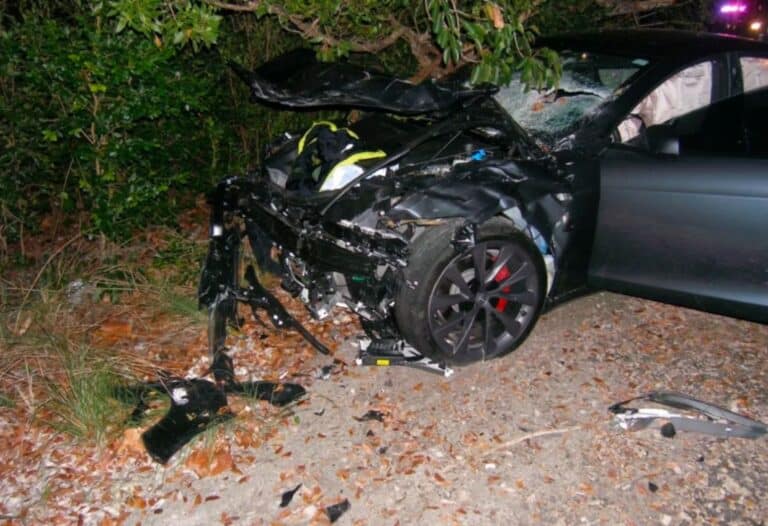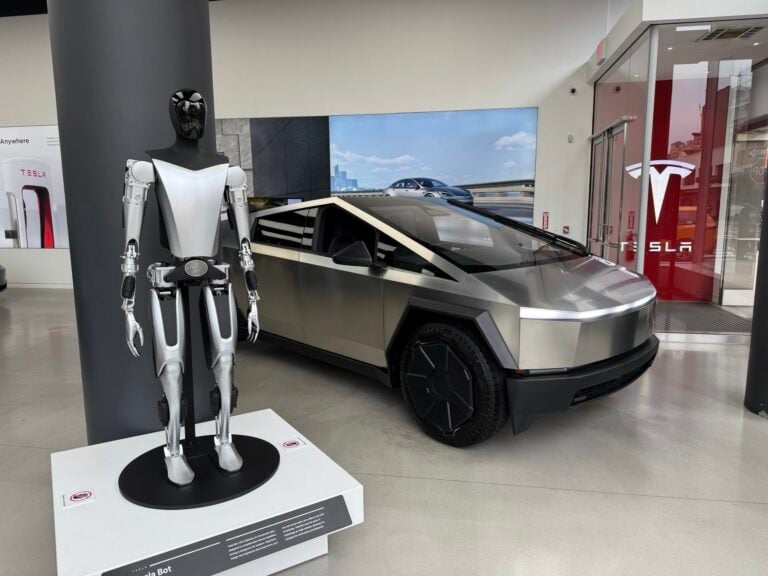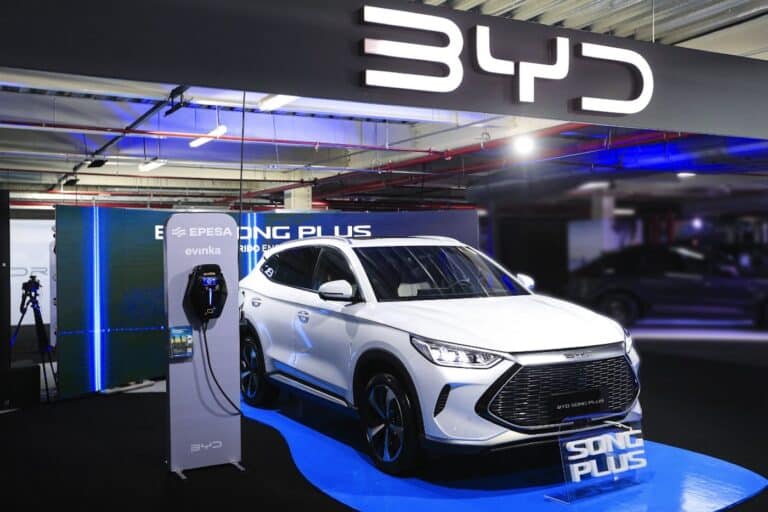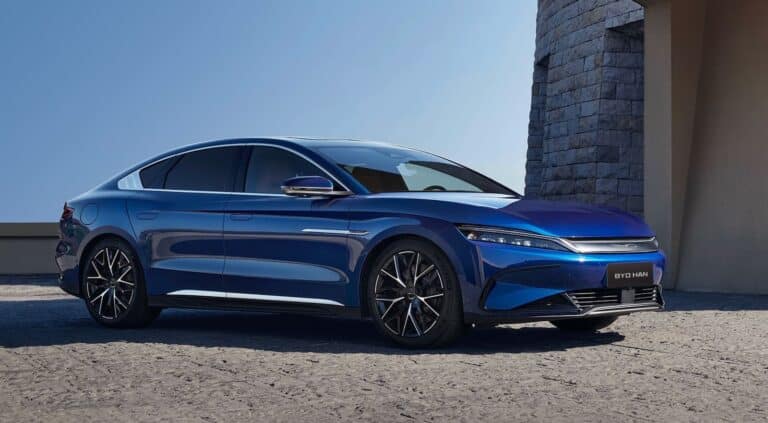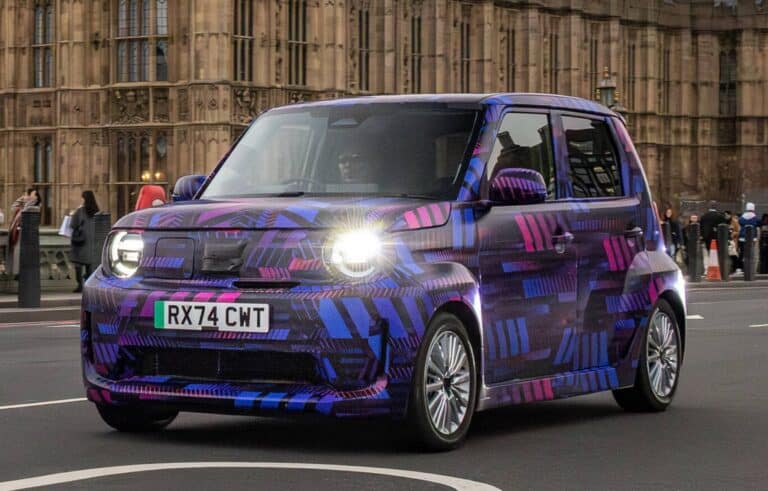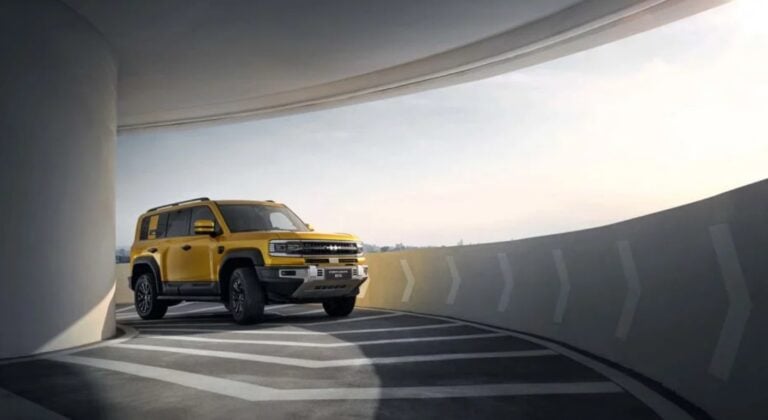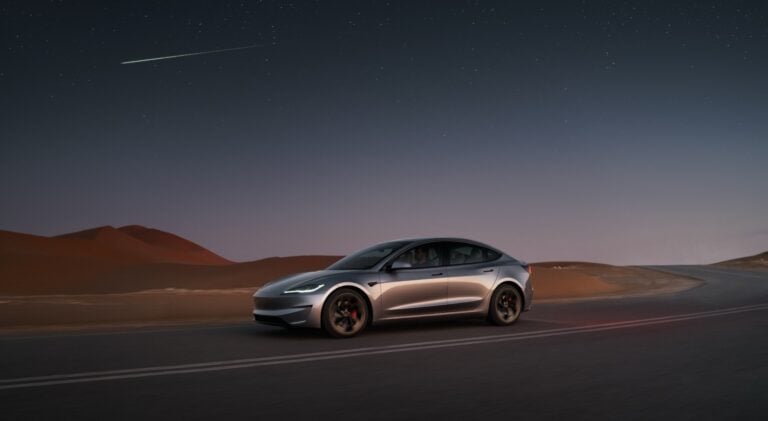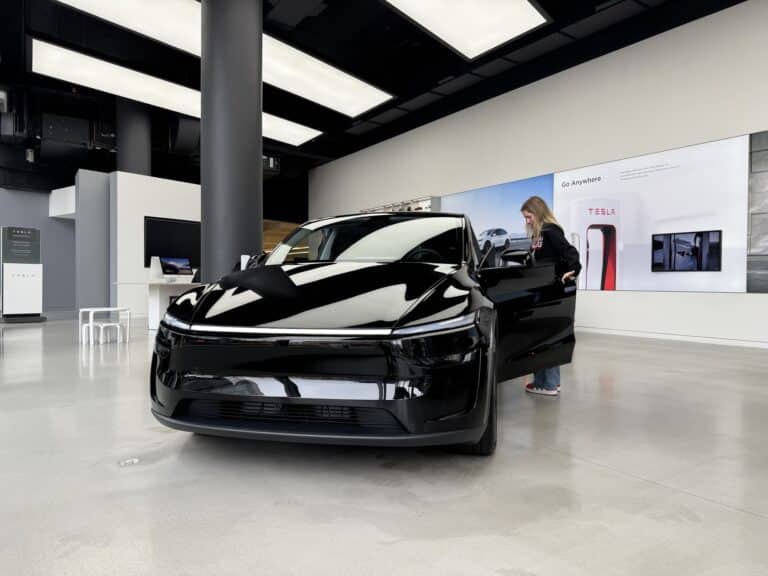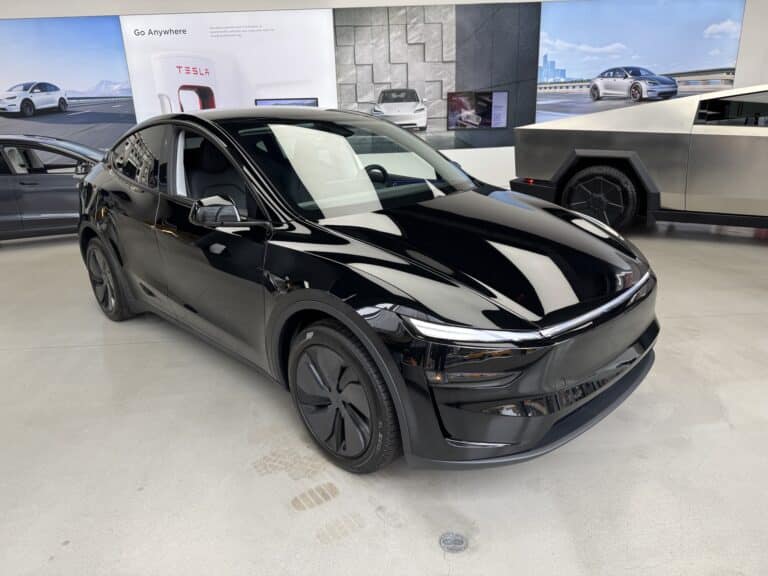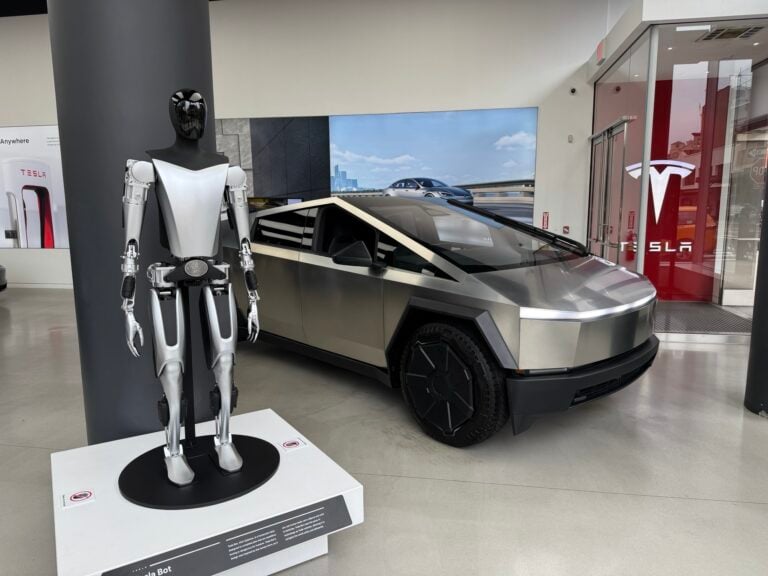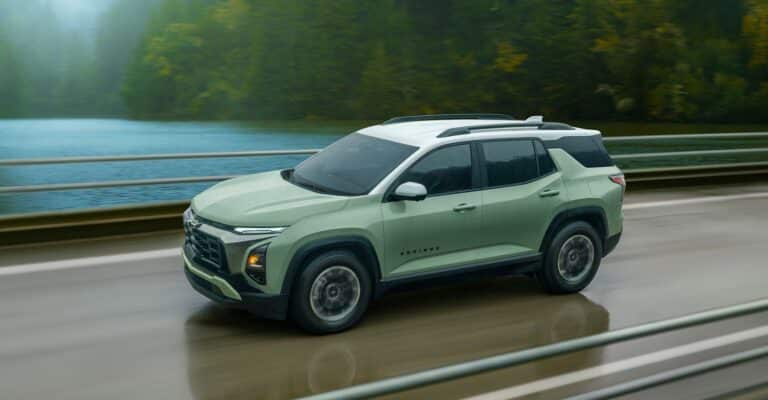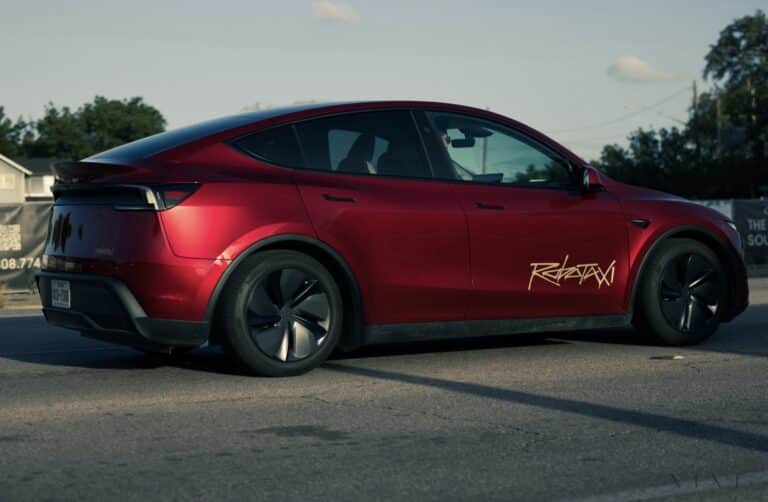Stellantis, the automotive giant born from the merger of FCA and PSA, is grappling with some serious challenges in the European market. Regulators are pushing for more electric vehicle (EV) sales, but governments are cutting back on incentives, making it tough for automakers to meet emission targets without facing hefty fines.
This situation is putting Stellantis and its competitors in a tight spot, as internal combustion engine (ICE) vehicles remain pricier than their gasoline counterparts. The company’s struggles were highlighted in a recent report by Motor1.
The Struggle for Cost Parity
Stellantis CEO Carlos Tavares didn’t mince words about the current state of affairs.
“To stay alive we need to achieve cost parity between electric cars and thermal cars,” he stated, emphasizing the chaos in the market due to reduced government incentives.
The EV market in Europe is indeed slowing down, with the market share of fully electric cars dropping from 14.3% to 13.8% in the first seven months of 2024, according to the European Automobile Manufacturers Association (ACEA).
Production Pauses and Market Shifts
The slowdown is so significant that Stellantis had to pause production of the Fiat 500e for four weeks due to weak demand. This pause underscores the broader market trends and the challenges automakers face in transitioning to EVs.
Despite these hurdles, Tavares remains steadfast in his support for the EU’s new CO2 targets.
“It would be surreal to change the rules now,” he told Agence-France Presse, adding, “My cars are ready, my people are ready, and our factories are ready. Why delay? Is global warming no longer a problem? Right now half of Portugal is burning.”
The Global Impact of EU Regulations
The EU’s plan to ban sales of new cars that generate harmful emissions by 2035 will have global repercussions. If a gas-powered model can’t be sold in the EU, it could spell the end for that model worldwide due to economies of scale. This regulatory environment is forcing automakers to adapt quickly or risk being left behind.

EVXL’s Take
The challenges Stellantis is facing highlight the broader struggle of the automotive industry to transition to EVs. Despite the hurdles, the push for cleaner, more sustainable vehicles is unstoppable.
As seen in our recent coverage of Dodge’s Charger Daytona EVs, Stellantis is making significant strides in electrifying even its most iconic muscle cars, showing a commitment to the EV future.
Moreover, Stellantis is not just focusing on passenger vehicles. Our report on Ram’s electric pickup production in Sterling Heights demonstrates the company’s strategic investment in EV manufacturing infrastructure. With a $235.5 million boost to the Sterling Heights Assembly Plant, Stellantis is positioning itself to compete in the crucial electric truck market.
These moves indicate that despite current market challenges, Stellantis is laying the groundwork for a strong presence in the EV sector across various vehicle segments.
What are your thoughts on Stellantis’ situation and the broader EV market in Europe? Leave your comments below.
Photos courtesy of Stellantis.
了解 EVXL.co 的更多信息
订阅后即可通过电子邮件收到最新文章。


